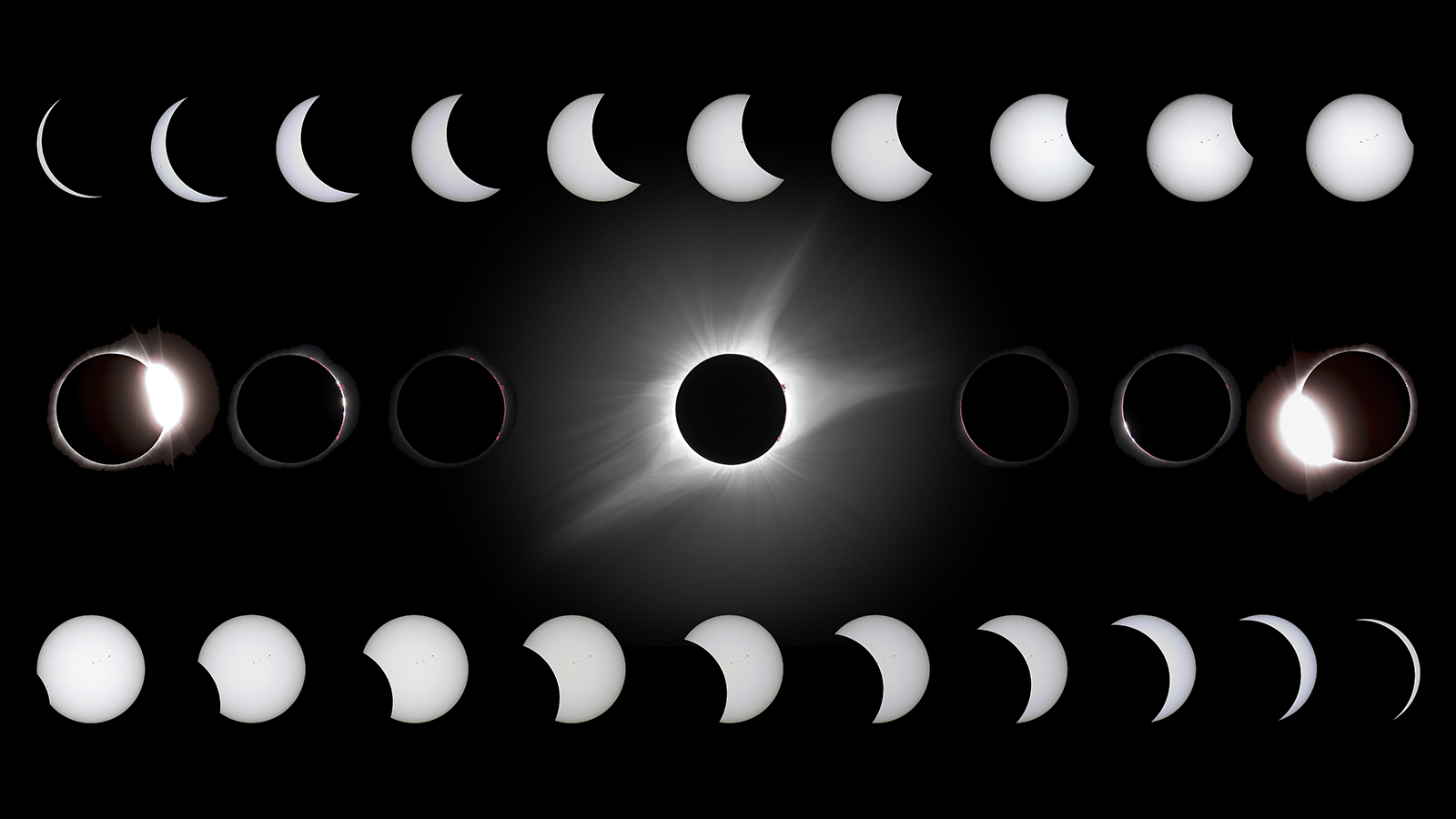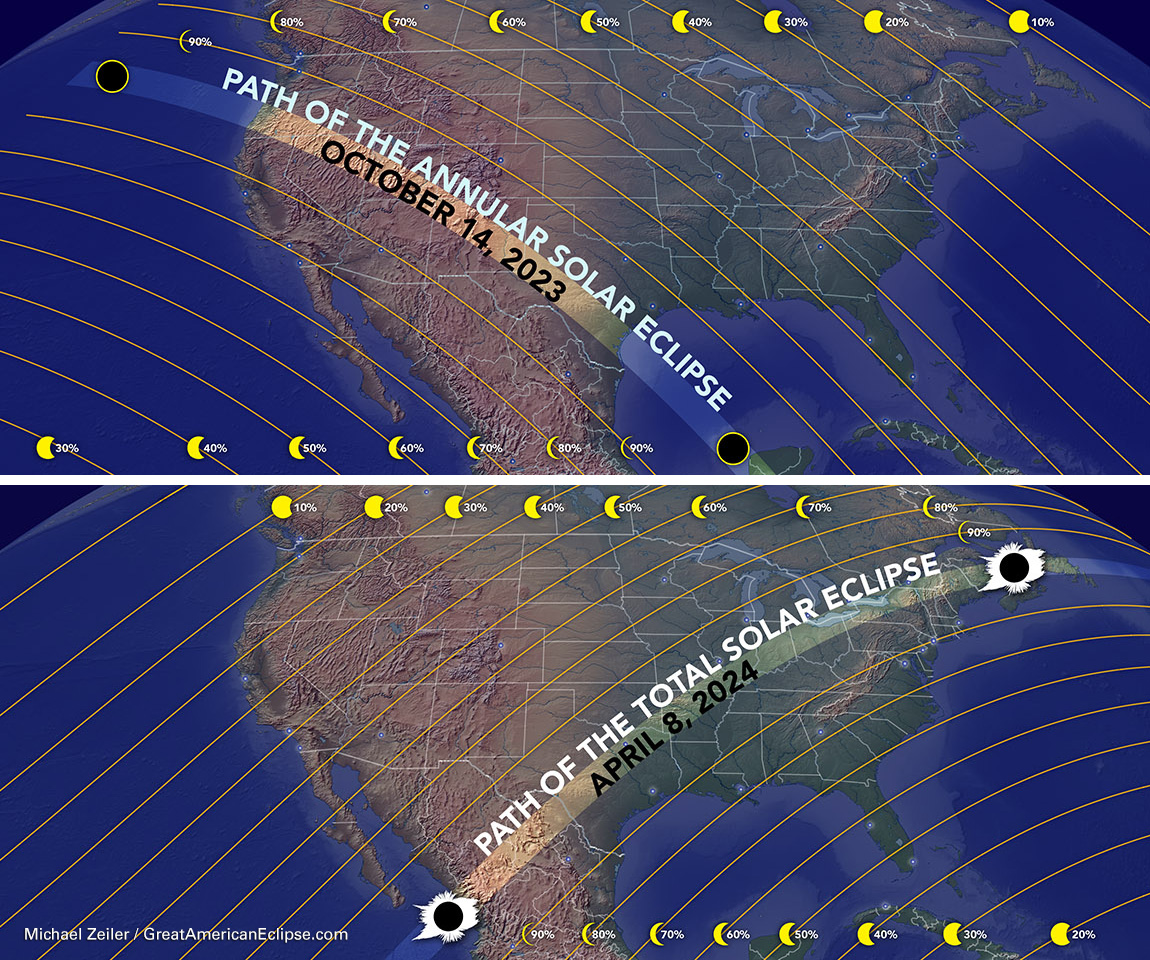Solar Eclipse Planning Workshop: T − 3 Years

Richard Fienberg Running Hare Observatory

On 21 August 2017 the continental US experienced its first total solar eclipse (TSE) in a generation. On 8 April 2024, now just three years away, the US will have a second TSE, preceded by an annular ("ring") solar eclipse (ASE) on 14 October 2023. The AAS Solar Eclipse Task Force ran a series of workshops to prepare the nation for the 2017 TSE. These were instrumental in helping communities in the path of totality manage an influx of visitors; in developing and disseminating appropriate eye-safety information nationwide; and in coordinating the efforts of numerous scientific, educational, governmental, and other organizations to avoid unnecessary overlap.
Looking ahead to 2023-24, the AAS Solar Eclipse Task Force organized the first in a new series of annual planning workshops at the 234th AAS meeting in St. Louis, Missouri, in June 2019. Plans for a 2020 workshop were disrupted by the COVID-19 pandemic. While we intend to resume annual in-person workshops in 2022, we don't want to wait till then to get the eclipse-planning community back together. As the countdown reaches T (totality) minus 3 years, we will hold a virtual workshop on Friday-Saturday, 9-10 April 2021. We welcome eclipse enthusiasts, community leaders, and other stakeholders from both inside and outside the paths of annularity (2023) and/or totality (2024) from the US, Mexico, and Canada. The path of annularity in October 2023 goes not only through the US, but also through Mexico’s Yucatán Peninsula. The path of totality in April 2024 goes through Mexico and Canada as well as the US. As in 2017, nearly all of North America will experience at least a deep partial eclipse during both events.

This workshop will feature talks and panel discussions on issues related to eye safety, local community planning, and state/regional/national planning. Attendees are anticipated to include professional and amateur astronomers; formal and informal educators; representatives of tourism bureaus, Chambers of Commerce, and the hospitality industry; officials from departments of transportation, state- and national-level parks and forests, law-enforcement agencies, and emergency-management organizations; and others involved (or wanting to become involved) in preparing their communities for the upcoming North American solar eclipses.
The workshop will be held via Zoom on Friday and Saturday, 9 and 10 April 2021, from 1 pm to 5 pm Eastern time (10 am to 2 pm Pacific time) both days. Advance registration is required; the fee is $20. If you cannot afford to pay, email the AAS Solar Eclipse Task Force to explain your situation, and we'll consider granting a fee waiver.
Note that we have a two-step registration process:
- Click the button below to register and pay your $20 fee. (If you are not a member of the AAS and don't already have an account with us, you will have to create one — but you do not have to join the Society in the process.) You'll then receive two emails: a receipt and a confirmation with instructions for next steps.
- Follow the link in the confirmation email to fill out our brief workshop attendee questionnaire; your responses will help us tailor the workshop to your needs. Once you submit your questionnaire, you'll receive instructions for connecting to the workshop via Zoom in April.
Register for the Solar Eclipse Planning Virtual Workshop
For more information, including the workshop program, see the AAS Solar Eclipse Across America website.
Questions? Email the AAS Solar Eclipse Task Force.

